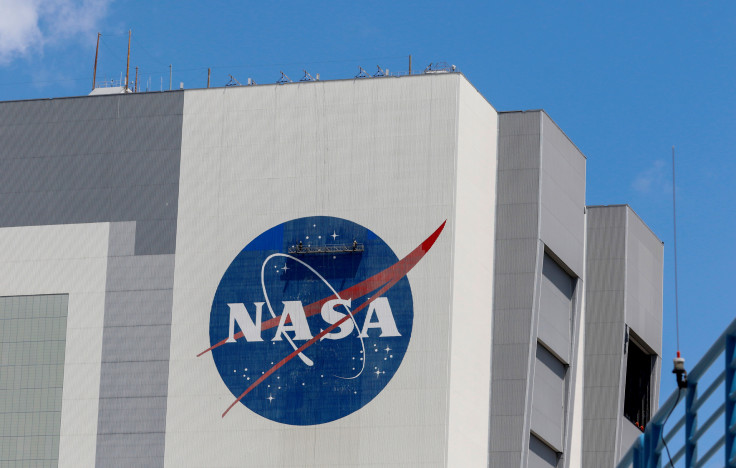Scientists are 'excited' after NASA discovers signs of life on a distant planet
Scientists have found a planet that boasts carbon dioxide and methane. It is thought that the K2-18b planet has the means to support extra-terrestrial life.

Scientists have become increasingly "excited" after NASA's James Webb Space Telescope discovered "tentative evidence" that shows signs of life on a planet similar to Earth.
The evidence is a molecule known as dimethyl sulphide (DMS). While the evidence at this point is "not robust", the molecule is known to be produced only by living beings on Earth.
The DMS molecule in Earth's atmosphere is created by phytoplankton. Phytoplankton is an algae that is formed by sunlight and essentially provides food to sea creatures.
Nikku Madhusudhan, an Astronomer at the University of Cambridge, said: "Upcoming Webb observations should be able to confirm if DMS is indeed present in the atmosphere of K2-18 b at significant levels."
The planet, which is the main focus of the investigation, is 120 lightyears away. Space researchers have also found the presence of CO2 and methane in the atmosphere.
The planet, which was discovered by scientists in 2015, has been dubbed the K2-18b and is thought to be around 8.6 times the size of Earth.
NASA also recorded that as well as carbon dioxide and methane being detected, the researchers found a shortage of ammonia. The lack of ammonia alludes to the possibility of an ocean existing under the hydrogen-rich atmosphere.
The K2-18b has also been located in the "habitable zone", according to NASA. The habitable zone describes a region where planets are a certain distance away from a star – allowing water to exist on its surface.
"Our findings underscore the importance of considering diverse habitable environments in the search for life elsewhere," Madhusudhan added.
This is pretty huge. If confirmed, it'd be biggest hint of alien life discovered so far
— Kaya Burgess (@kayaburgess) September 11, 2023
On Earth, this gas is made by living organisms and NOTHING ELSE. We know of no inorganic process that can produce dimethyl suphide
And it may have been detected on this distant planet K2-18b https://t.co/8DJh6erEwN pic.twitter.com/w88REyiuBw
The Astronomer at the University of Cambridge concluded: "Traditionally, the search for life on exoplanets has focused primarily on smaller rocky planets, but the larger Hycean worlds are significantly more conducive to atmospheric observations."
The discovery marks the closest that humans have come to discovering life on another planet.
Dr Jeni Millard, an extragalactic astronomer, reassured reporters: "We're not talking people, you know, roaming around – or swimming around I guess – but more like bacteria, microbes."
Although the K2-18b shares similarities with Earth, there is still no conclusive evidence to support the idea that there is any presence of life.
Dr Millard explained: "We have to consider places that are not like Earth because these Hycean planets are a lot easier to study than Earth planets."
Hycean planets are known as water-covered planets that are considered "extremely hot" with a hydrogen atmosphere, according to NASA. Evidence suggests that just 1.3 per cent of known exoplanets are thought to have liquid water on their surface.
NASA has previously discovered that a few billion years ago, Earth had a surface of liquid water that was completely frozen. On Earth, however, research shows that the frozen layer was not completely solid everywhere, allowing the warmth of the radioactivity deep inside the planet to keep some areas in liquid form.
In the case of the K2-18b, it is quite the opposite. Researchers have recorded that the planet's temperature could be too hot to support life.
In a report, NASA wrote: "Among the stunning variety of worlds in our solar system, only Earth is known to host life. But other moons and planets show signs of potential habitability."
Michelle Thaller, a Scientist who works with NASA and already believes that extraterrestrial life exists, declared: "Definitely, I believe we will find life on another planet."
Speaking of past studies on our solar system, Thaller said: "According to our research on neighbouring planets, the red planet Mars was once like Earth, only it currently has no magnetic field and no greenhouse gases, so it has no liquid state, which means it cannot support life."
© Copyright IBTimes 2025. All rights reserved.






















